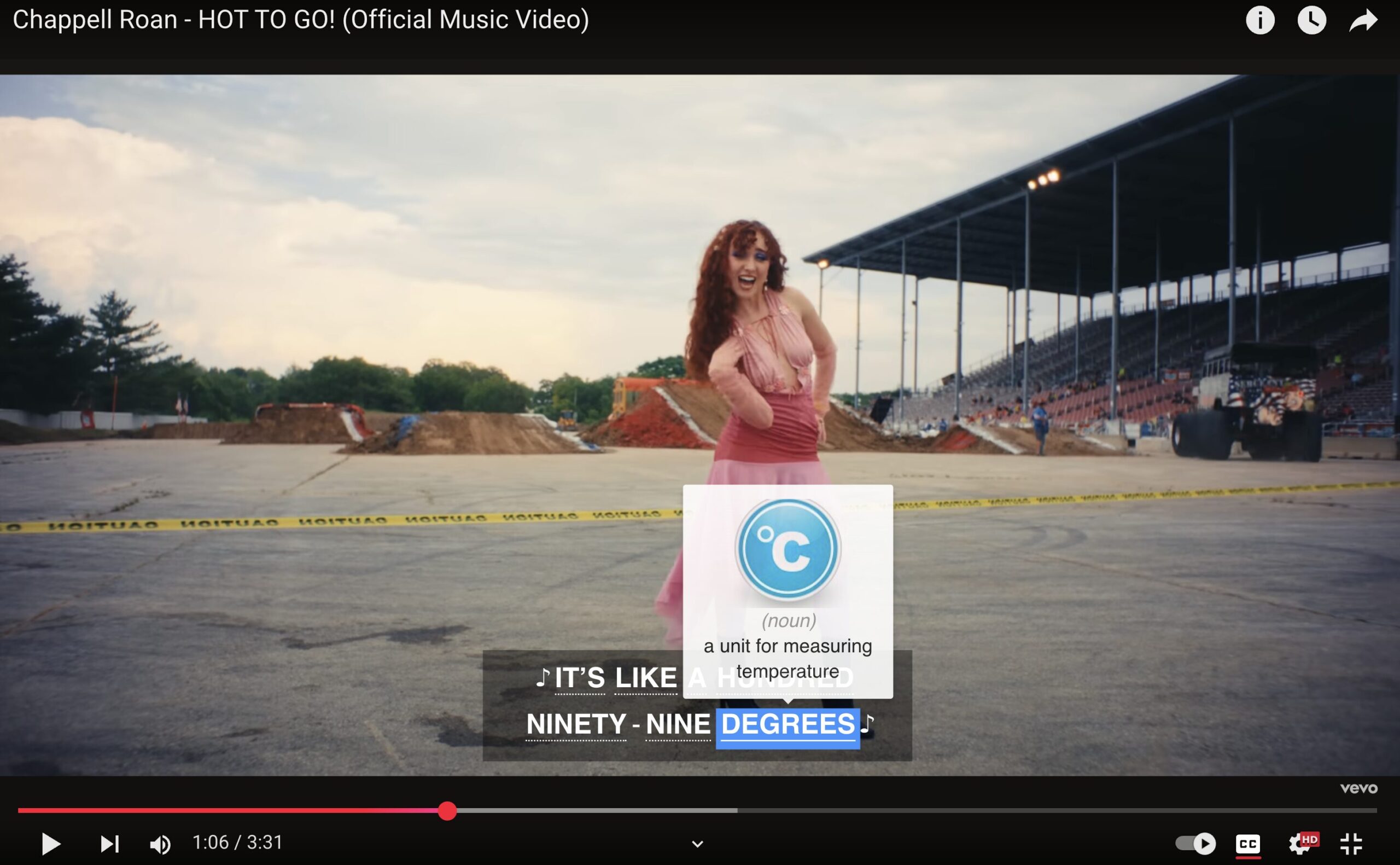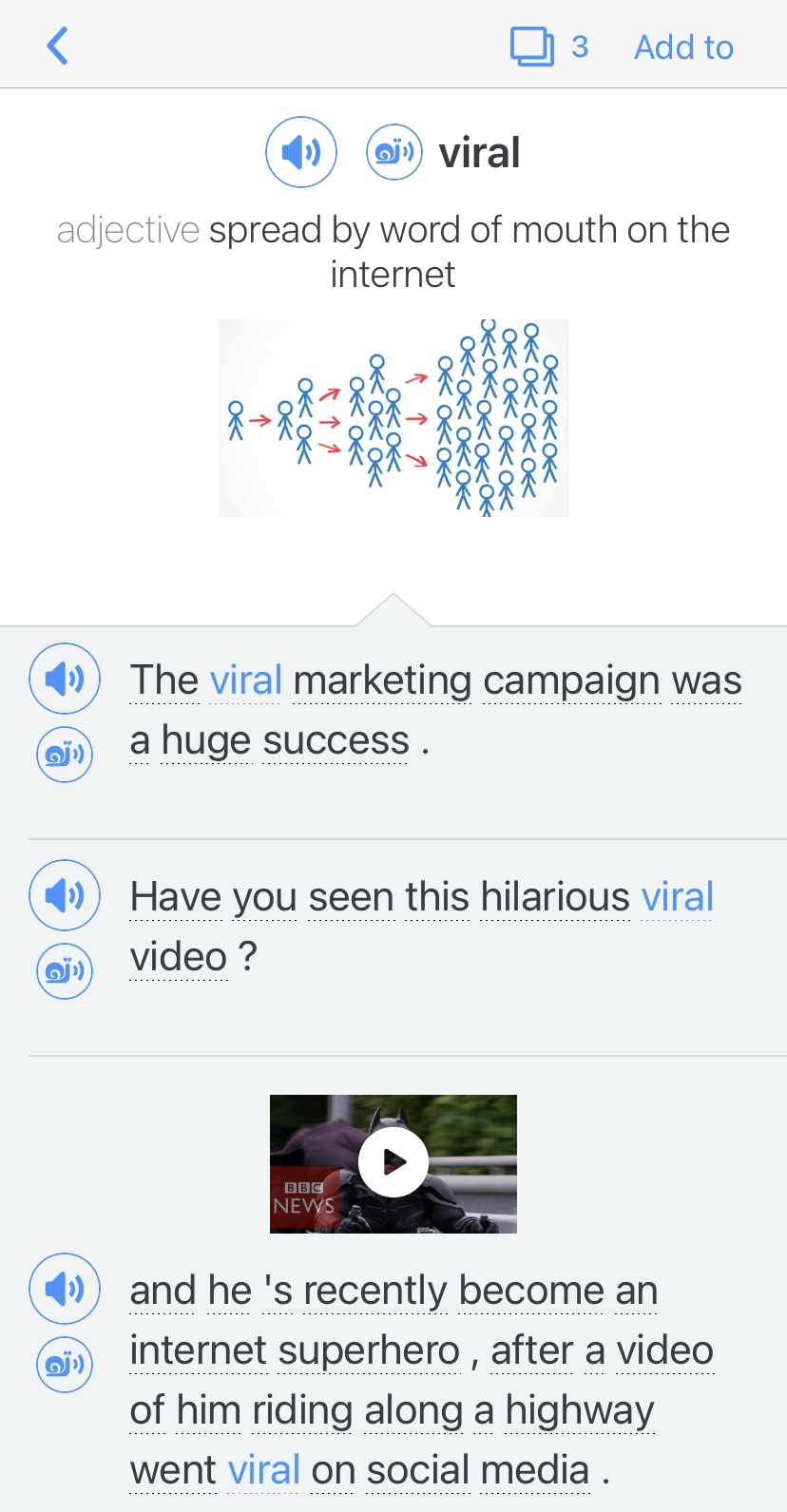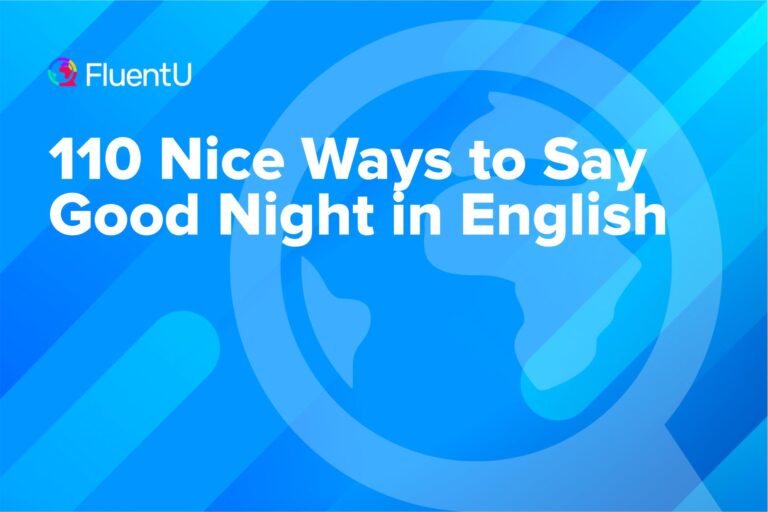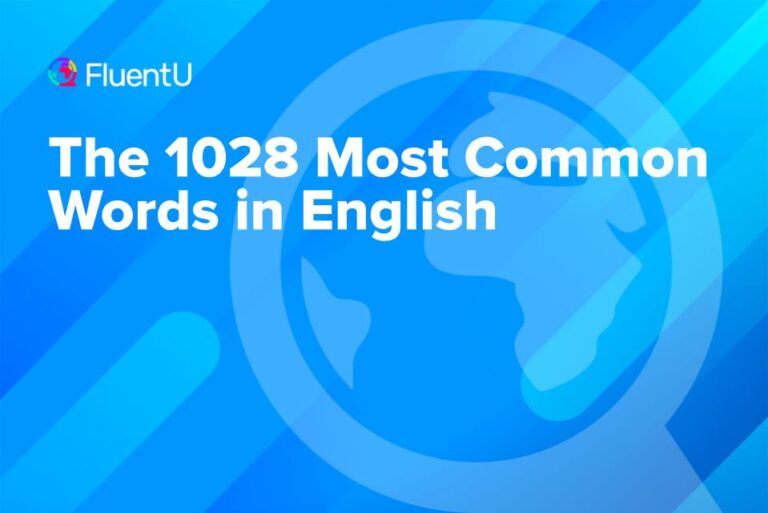Contents
- 1. Dictionaries Use Symbols to Indicate Pronunciation
- 2. The International Phonetic Association (IPA) Standardizes Pronunciation Guides
- 3. Guides Differ for British or American English
- 4. There are More English Consonants Than Vowels, But Fewer Consonant Sounds
- 5. There are Fewer Vowels, But Pronunciation Can Change According to the Word
- 6. There is One Sound All Vowels Make (ə)
- 7. Diphthongs are Two Vowels Placed Together
- 8. Vowels Have a Slightly Different Pronunciation When Followed by “R”
- 9. There are Advanced Sounds You Should be Aware Of
- 10. Pronunciation of a Word is Usually Written Between / and \
- 11. Syllables are Usually Split Up with Dashes
- 12. Stress Changes the Meaning of a Word—and There are Symbols to Show Them
- Why Learn to Use the Pronunciation Guide?
- And One More Thing...
All About Pronunciation Guides in English
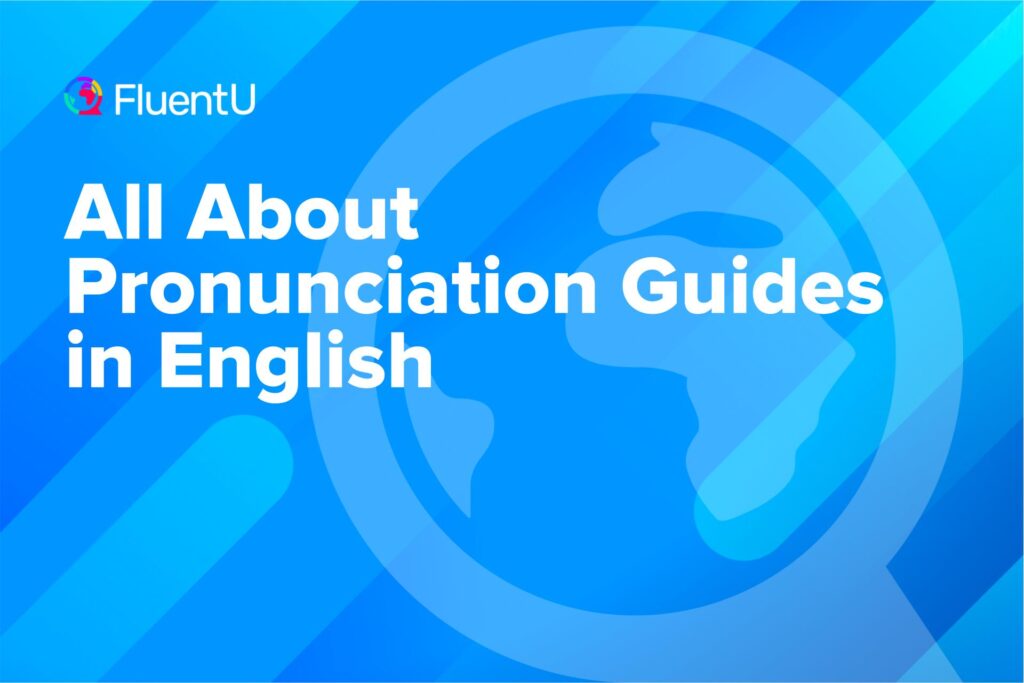
Next to a word in the dictionary are some strange-looking symbols (images that represent something else). These letter-like symbols are actually a pronunciation guide. For example, here’s how to pronounce the word dictionary : ˈdik-shə-ˌner-ē
Learning how to use the dictionary’s pronunciation guide isn’t as hard as it looks. Once you understand the rules, you’ll be able to check the dictionary for the definition of a word and know how to read it correctly.
Download: This blog post is available as a convenient and portable PDF that you can take anywhere. Click here to get a copy. (Download)
1. Dictionaries Use Symbols to Indicate Pronunciation
If you think about it, letters are symbols used to represent sounds. So what’s the point of creating a whole different way of writing these same sounds?
Try reading these words out loud:
Both are three-letter words with the letter i as the second letter. The letter i is read differently each time, though! In each word, the letter i makes a different sound.
Now try these two words:
In these words, the second g in garage makes the same sound as the letter s in vision. I bet you never noticed that before!
As you can see, letters have different sounds, depending on where they are in the word or the sentence, or even which country the speaker is from. Some letters have many sounds. Some sounds don’t have their own letter.
2. The International Phonetic Association (IPA) Standardizes Pronunciation Guides
People who study languages, called linguists , have created a pronunciation guide called the International Phonetic Association, or the IPA for short. Most dictionaries use a version of the IPA for their pronunciation guide.
The IPA on its own isn’t very easy to understand. It’s mostly for scholars and linguists—people whose job is to figure out sounds and how to write them down.
Dictionary pronunciation guides are a little different though. They’re meant for anyone to use, so you can learn to read them too! They use some simple symbols, and they aren’t as complicated as they seem. You just need to learn what sounds the symbols stand for.
3. Guides Differ for British or American English
The American and British guides are slightly different—they use different symbols for the same sounds.
The British guide uses more actual symbols (instead of letters) or old Greek letters, so it can be a little harder to learn. Luckily, this guide will tackle American pronunciation.
That said, if you’re interested in British pronunciation, check out the Oxford Learner’s Dictionaries guide to British vs. American symbols and sounds.
4. There are More English Consonants Than Vowels, But Fewer Consonant Sounds
Consonants are all of the letters that aren’t vowels. The English language might have 21 consonants, but there are fewer consonant sounds.
Letters like c and k, and c and s can have the same sound depending on where they are in the word. Other sounds are a combination of consonants, like ch and sh. These make different sounds too. There aren’t that many consonant symbols to learn, and they’re mostly easy to understand—so that’s a relief!
Here are the consonants found in the English pronunciation guide, which sound exactly the way they look:
| English Consonants in Pronunciation Guides | Example Words |
|---|---|
| b | bed |
| d | done |
| g | grow |
| h | hat |
| l | lamp |
| m | mat |
| n | nice |
| p | pat |
| r | run |
| v | view |
| w | wet |
| y | yes |
All consonant symbols stand for just one sound, but some sounds can be made in more than one way.
When you see these letters in the guide, just remember the sound they make—even if the word doesn’t have that letter at all! It might help to read these words out loud, so you can hear how similar the sound is:
| English Consonant Sounds That Appear in Different Letters | Example Words |
|---|---|
| f | fire
rough phone |
| j | jump
dodge |
| k | make
quit pick cat |
| s | stop
cent |
| t | top
mopped |
| z | zebra
xylophone |
| zh | vision
garage |
Some consonants make a different sound when they’re put together. These sounds are also mostly written the same way in the guide as they are in a word. They are:
| English Consonants That Sound Different When Together | Example Word |
|---|---|
| ch | chat |
| wh | white |
| ng (this sometimes looks like this: ŋ) | thing |
| sh | ship |
| th | thin |
| th | this |
Say the last two words out loud to hear the difference.
The first th (in thin) sounds “soft,” and is made by placing your tongue between your teeth. The second th sound (in this) is “hard,” and is made by putting your tongue between your teeth but then moving it away. It’s a very slight difference—most native speakers don’t even realize there are two different sounds.
A quick note about the wh sound. If you’re confused about the difference between w and wh, don’t worry: you’re not alone. These days, many people pronounce wine and whine the same way. The wh sound is supposed to be more stretched out, as though you’re saying the letter h very slightly before the letter w. According to this blog, if you put your hand in front of your mouth, you can feel a puff of air for the wh sound, but not the w.
5. There are Fewer Vowels, But Pronunciation Can Change According to the Word
The vowels in the English language are a, e, i, o, u and sometimes y. Vowels can be combined with other letters and each other, to create new sounds. There are a few different ways of pronouncing each vowel and a symbol for each of those pronunciations.
Vowels are a little tougher to read than consonants because they have so many different sounds. If you can learn all the different sounds, you will find it much easier to pronounce English words correctly. So it’s worth the effort!
Some of the differences are very slight, and some are big. Also, keep in mind that some dictionaries have different symbols for vowel sounds.
Below are the different pronunciations of English vowels. We’ve included one or two of the most common symbols for each sound. Which symbol you see will depend on the dictionary you use.
Here is a quick rule of thumb: A line above a letter means you say its name. A small v or nothing above a letter means it is a short sound. Two dots above a letter means it is a long sound.
The letter a
| Pronunciations of the Letter a | What It Sounds Like | Example Words |
|---|---|---|
| ă | A short ah sound | cat
apple |
| ā | Like the letter’s name, ay | stray
vacation |
| ä | A longer uhh sound (like the sound you would make when you show the doctor your throat) | father
calm |
The letter e
| Pronunciations of the Letter e | What It Sounds Like | Example Words |
|---|---|---|
| ĕ | Like a short eh | pet
person |
The letter i
| Pronunciations of the Letter i | What It Sounds Like | Example Words |
|---|---|---|
| ĭ | Like a grunt, a short eeh sound made in the back of the throat | pit
hitch |
| ī | Say this the way you would say name of the letter i | pie
bye |
The letter o
| Pronunciations of the Letter o | What It Sounds Like | Example Words |
|---|---|---|
| ŏ | Similar to the a in father, a long “uhh” sound (some dictionaries see it as the same sound) | mop
bother |
| ō | Say this as you would say the name of the letter o | toe
go |
| ô | The kind of sound you would say if something is cute, like “aww” | paw
caught |
The letter u
| Pronunciations of the Letter u | What It Sounds Like | Example Words |
|---|---|---|
| ŭ | A short uh sound | cut
grunt |
| yü | Say this as you might say the letter u | youth
cute |
6. There is One Sound All Vowels Make (ə)
ə is a sound somewhere between ŭ and ă. It is a short uh sound. It might be difficult to hear at first, so practice saying these words out loud and try to see the difference between these and other words using these letters.
Does this look like too much information to take in? Here’s a quick cheat that usually works when you’re not sure how to pronounce a letter:
- If the word has a vowel, consonant, vowel pattern (like cute —u is a vowel, t is a consonant, e is a vowel), say the first vowel’s name. In the example of cute, this means you pronounce u like the letter u.
- If the word has a vowel, consonant pattern (like cut —u is a vowel, t is a consonant) or a vowel, consonant, consonant (like cutting ), use one of the other pronunciations.
Of course, there are exceptions and other rules. If you look at the pronunciation guide for new words, you’ll start to see the different rules and patterns.
7. Diphthongs are Two Vowels Placed Together
Don’t let the strange name scare you. Diphthongs are just sounds made by two vowels placed together. Sometimes this is just one sound, like the oo sound. Other times the sound starts in one vowel and moves into the next, like the oa in soak .
Here’s what they look like:
| Examples of Diphthongs | What It Sounds Like | Example Words |
|---|---|---|
| a | Like you just got hurt, or “ow.” | out
about |
| ē | Like you are saying the name of the letter e | bee
feet easy |
| oi | Like the letter o’s name followed right away by ee, or like you are saying “Oy vey!” | noise
boy |
| ū | An oo sound made by making your lips into an o shape | loot
boot |
| ʊ | To make this oo sound, don’t move your lips | foot
could |
You can hear and see the difference between the two oo sounds in this video.
8. Vowels Have a Slightly Different Pronunciation When Followed by “R”
These vowels are called “r-controlled vowels” and they sound like the letter’s non-name sound getting cut off by the letter r.
It’s easier to hear than explain: say the word abound out loud, then the word around . Do you hear the difference? It is a very small difference!
This is such a slight difference in most cases, that some dictionaries don’t have a special symbol for it. One symbol that does get used by many, though is ər like in butter or further . This is an er sound made in the back of your mouth with your tongue right in the middle of your mouth, not touching any sides.
And that’s all for pronunciations!
You now know how to read the pronunciation guide for vowels and consonants.
If this seems like a lot of information, I recommend that instead of memorizing this right away, you use it as a guide. Whenever you’re not sure how to pronounce a new word you just learned, look at the dictionary’s pronunciation guide and keep this page open.
You will learn the guide quickly this way, without even realizing that you’re learning it.
9. There are Advanced Sounds You Should be Aware Of
Linguists define vowels as sounds made without placing anything in the way (like your tongue or teeth). Syllables are also created around them—you can’t have too many voiced (non-silent) consonants without a vowel in between, or it becomes impossible to read.
Consonants, on the other hand, are sounds made by partially blocking your breath when you speak. Some sounds, like p, b and g, are actually made by completely stopping your breath! (In case you’re wondering, these are called plosives ).
10. Pronunciation of a Word is Usually Written Between / and \
You may be wondering what the forward slash (/) and backward slash () in ˈdik-shə-ˌner-ē mean. Well, if a group of letters and symbols are enclosed (included inside) those symbols, it means those letters and symbols show you how to pronounce a certain word. That’s it!
11. Syllables are Usually Split Up with Dashes
Along with pronunciation guides for the letters, dictionaries break up words into syllables. These make it easier to spell and speak the word, since they break that word into easy-to-say parts. In fact, you’ll see in dictionaries that words are split using dashes (-).
12. Stress Changes the Meaning of a Word—and There are Symbols to Show Them
Words in the English language uses stresses. Where you put the stress is important to pronouncing the word right, and can even change the meaning of the word.
For example, “when you address the Internet, do not give out your address!” These two differently stressed versions of address mean two different things, just because of the stress! Dictionary guides show you where the stress goes, and they let you know when a different stress will change the meaning of the word.
So how is stress shown in an English pronunciation guide? Generally:
- The stressed syllable (the one that you say more strongly) is marked with an apostrophe: ‘
- The secondary stress (a slightly stronger syllable, only found in longer words) is marked with a comma: ,
Whew, that was a lot! Let’s see how well you can use the information in this guide. Can you figure out what words these are?
- ˈdik-shə-ˌner-ē
- ˈal-fə-ˌbet
- vō-ˈka-byə-ˌler-ē
Here are the words spelled in the guide above:
How did you do?
Why Learn to Use the Pronunciation Guide?
Good question!
When you learn a new word, you learn what it means and how it’s used in a sentence. You might even learn the different forms of the word. For you to actually use this word while speaking, though, you need to know how to pronounce it.
There are a few ways you can learn the correct pronunciation of a word.
You could ask someone to say it for you, or find an example of the spoken word in a video, or even in English songs!
However, a dictionary will still be very helpful to you while you learn English.
First of all, a dictionary allows you to look up a large amount of English words. Even if you have apps in your phone, there may be times when you need to use a dictionary. For example, you may be in a classroom or meeting where you cannot use your cell phone or maybe your phone’s battery just died.
Maybe you don’t like using apps, and prefer to have a paper dictionary!
No matter the situation, reading the dictionary pronunciation guide can be an incredibly useful tool for English learners. You will know at a glance that the two g’s in garage make two different sounds, and that the o in boot is not the same as the o in boat .
Take a little time to figure out the pronunciation guide, and you’ll be saving yourself a lot of time (and effort) in the future as you improve your English speaking skills!
Practice reading the dictionary’s pronunciation guide with words you know, and then words you don’t know.
Before long, you’ll find it much easier to pronounce new words, even if you’ve never heard them before!
Download: This blog post is available as a convenient and portable PDF that you can take anywhere. Click here to get a copy. (Download)
And One More Thing...
If you're like me and enjoy learning English through movies and other media, you should check out FluentU. With FluentU, you can turn any subtitled content on YouTube or Netflix into an engaging language lesson.
I also love that FluentU has a huge library of videos picked specifically for English learners. No more searching for good content—it's all in one place!

One of my favorite features is the interactive captions. You can tap on any word to see an image, definition, and examples, which makes it so much easier to understand and remember.
And if you're worried about forgetting new words, FluentU has you covered. You'll complete fun exercises to reinforce vocabulary and be reminded when it’s time to review, so you actually retain what you’ve learned.
You can use FluentU on your computer or tablet, or download the app from the App Store or Google Play. Click here to take advantage of our current sale! (Expires at the end of this month.)
